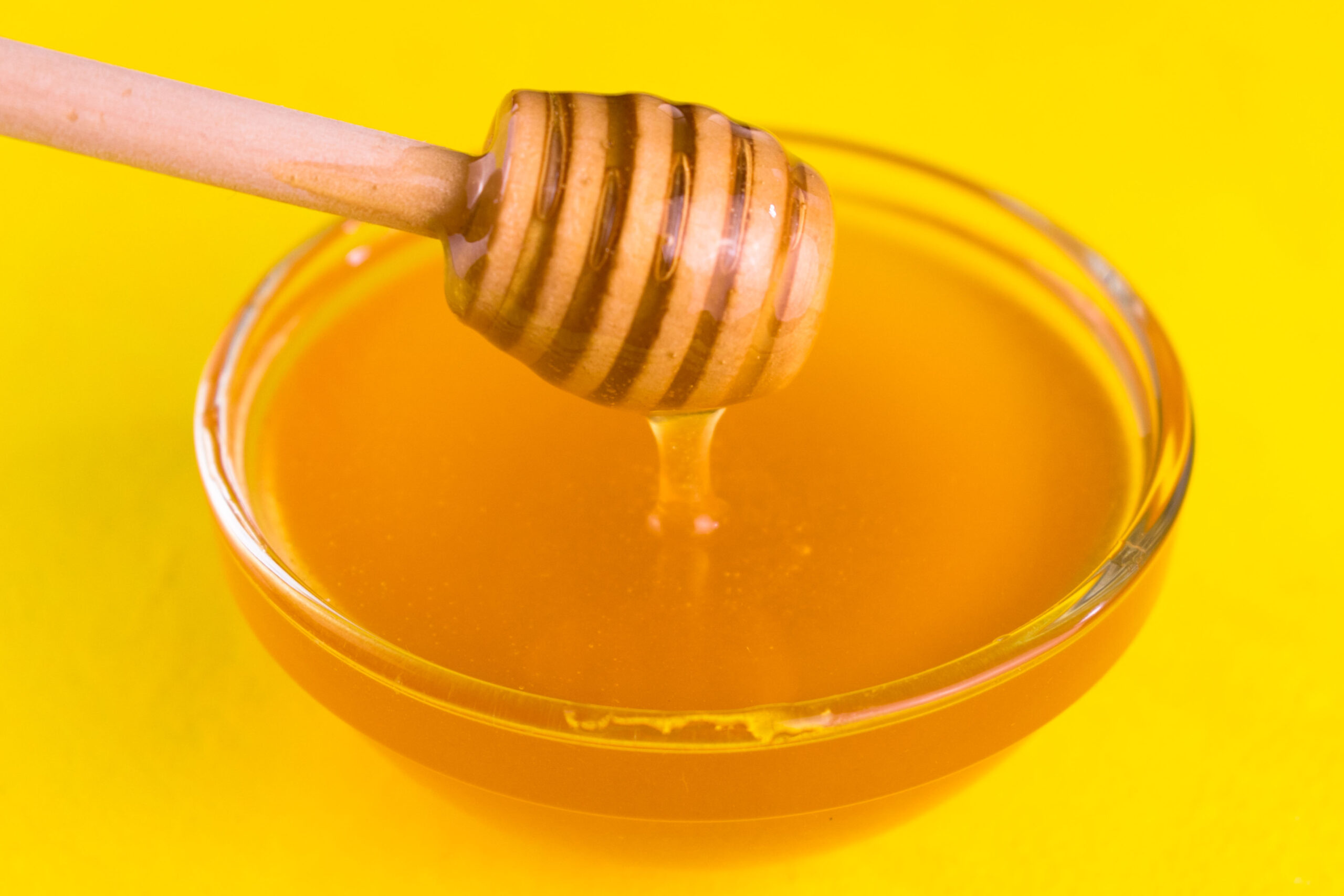Updated on April 9th, 2023
It’s easy to get so used to an ingredient that you believe it can’t be replaced. And Honey happens to be one of those items around which we develop such a notion. This natural sweetener is versatile and can be applied to various dishes and non-culinary uses. We’ve eaten Honey for years, especially since we also know its numerous health benefits. But at certain points, you may have to scratch it off your dietary or cooking list.
Such a need may give the impression that the recipe won’t be the same without Honey, but the reverse is true. You can easily discover useful options that’ll work as substitutes for Honey in many situations. And here, we’ll explore those choices.
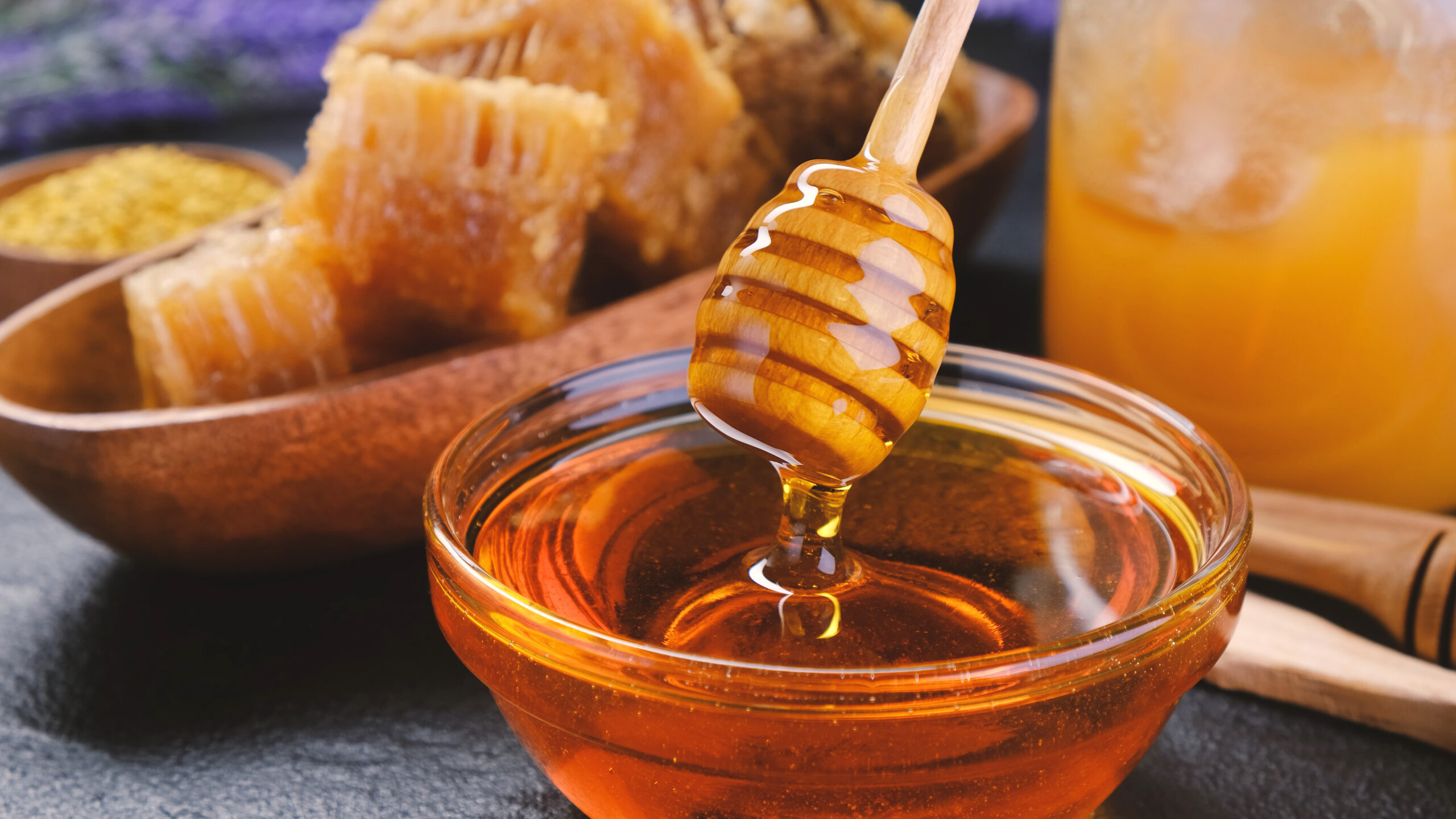
Honey Nutrition Facts
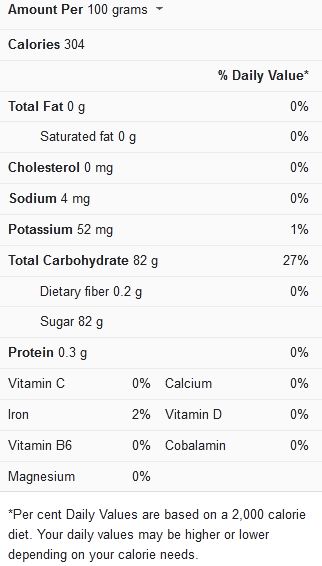
Why is Honey so Famous?
Honey is one of the sweeteners considered healthy for eating. It’s made from the nectar extracted by bees from flowers and comes in various flavors. Honey’s taste, texture, fragrance, and color depend on the kind of flower its parent nectar is taken. It’s why you’ll find a wide range of Honey in the market, each displaying a specific collection of qualities for a certain clientele.
Honey consumption has been a thing in human civilization for centuries, and with good reason. Historical references of human foraging for this natural sweetener dates back as far back as 8,000 years ago. Records from the ancient Mayan civilization exist that indicate the practice of honeybee cultivation.
While Honey was originally taken from wild beehives and colonies, it has become a commonly produced sweetener today, thanks to artificial beehives. Back then, whole colonies of bees had to be sacrificed to get to the precious liquid. But today, such extreme measures aren’t needed. Beekeepers have copied the intricate mechanisms of the natural hives to create removable frames of beehives.
Here, honeybees are left to thrive, and after the Honey is produced, the bees are pacified with a smoker. Then, the frames are pulled out, and both the Honey and wax are harvested. The artificial hives are left with enough Honey to survive or substitute sugar water.
Honey is best consumed pure, yet many brands adjust it before the sale. For example, some producers add corn syrup to the Honey to increase produce content and make more money, so regulations were made to protect its quality. In law, ‘pure’ Honey must be sold and void of any additional ingredients.
Honey is primarily classified by its floral source, and as such, you’ll find it in the following varieties at the stores;
Blended- A combination of two or more kinds of Honey from various floral sources. You get a mixture of color, viscosity, flavor, and production origin in this variety.
Monofloral-Honey made from the nectar of one particular type of flower. The source is indicated on the package, and each type of Honey has a special flavor, aroma, and color.
Polyfloral- Honey is made from the nectar of numerous flower types. This condition makes the flavor and fragrance of the sweetener vary yearly, and is why it’s also called wild Honey.
Honeydew- Honey is made purely from honeydew, collected from sap-sucking insects like aphids. The sweetener is characterized by a stronger flavor, darker hue but lighter sweetness. It’s also one of the most difficult Honey to produce.
It can also be graded to determine its quality, and while Grade A is the highest, Grade C is the most common and cheapest option.
Uses of Honey in Recipes
Honey is highly calorific and contains tons of fructose and glucose, making it as sweet as regular sugar. But it also offers a thick viscous consistency and resilient crystallization when added to foods. The flavor also enhances dishes by adding a sweet yet floral effect to their taste and aroma. It’s why Honey is commonly used in cooking and baking processes, both as a sweetener and a rich source of been color.
It’s also combined with yeast and water to produce mead, an alcoholic drink that dates as far back as 9,000 years. The yeast ferments the sugar to produce the alcoholic yet sweet-tasting drink. It’s also used in making honey beer, otherwise known as ‘braggart.’ Honey is also a common sweetener suggestion for its antioxidant properties and is known to contain significant amounts of vitamins and minerals.
To see how versatile Honey can be in cooking and baking, here’s a list of recipes you’ll find the sweetener;
- Stick Asian chicken wings
- Beverages and cocktails
- Salads and dressings
- Glazes and brines
- Sauces
- Stir-frys
- Seafood dishes
- Lemon-honey chicken thighs
- Dips
- Cookies
- Cakes
- Pork tenderloins
- Chicken bites
- Salmon
- Rolls
- Kebabs
- Roasted vegetables
- Honey bread
- Taffies
- Pork chops
- Honey cream
- Biscuits
- Honey beer
Substitutes for Honey
While most ingredients may go bad in the kitchen, Honey has a lengthy shelf life, thanks to its crystallization properties. But you may have run out of it in your pantry, or you can’t eat it for allergic reasons, or because bees produce it. In such cases, these substitutes can help replicate its distinct sweetness and help you continue your dish.
Maple Syrup

Maple syrup is both convenient and ideal as a substitute for Honey. It shares a similar brown color and is almost as sweet as the real deal. When using it to replace Honey, use the high-quality options as these will give you the closest floral taste you expect. And because the syrup is derived from the sap of the maple tree, it’s a perfect vegan option for those worried about the animal source of Honey.
Maple syrup can replace Honey at a 1:1 ratio in most cases, though you may need more for sweet dishes. And it works as a topping, in sauces, frostings, dressings, and as a sweetener for beverages. You can also include it in baked goods, as a glaze for meats and fish, or in marinades.
Light Molasses

Molasses is gotten from sugar can or beets, so the sweetness is unquestionable. But what makes it an ideal substitute for Honey are color and viscosity. But these vary depending on the production. Upon processing, molasses is boiled about three times, and each stage produces different results. As such, you’ll have the sweeter and light-brown light molasses (first sugar extraction), the dark molasses (second sugar extraction), and the thicker, darker blackstrap molasses (third sugar extraction).
Light molasses are the best option for replacing Honey of the three varieties. It offers a closer semblance in color and viscosity and retains most of the sweetness that makes it almost like Honey. You may note a difference between its caramel flavor and that of Honey’s floral touch, but it barely matters. Light molasses will work as an equal replacement in all situations.
Agave Nectar
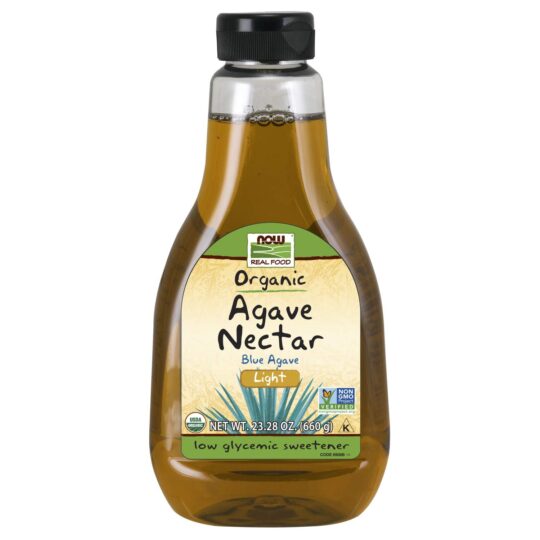
Agave nectar is derived from the agave plant and is a popular sweetener used by vegans. And its brown color and semi-viscous consistency make it somewhat close to Honey in properties; hence it can be used as a replacement. Agave can be added to sweeten beverages, used in baked goods and desserts, or topping for pancakes and waffles.
But note that agave nectar is thinner than Honey, so consider the consistency of the recipe before using it. And it can be applied at a 1:1 ratio, but if you fear it’s too sweet, start at the half and work your way up to preference.
Applesauce
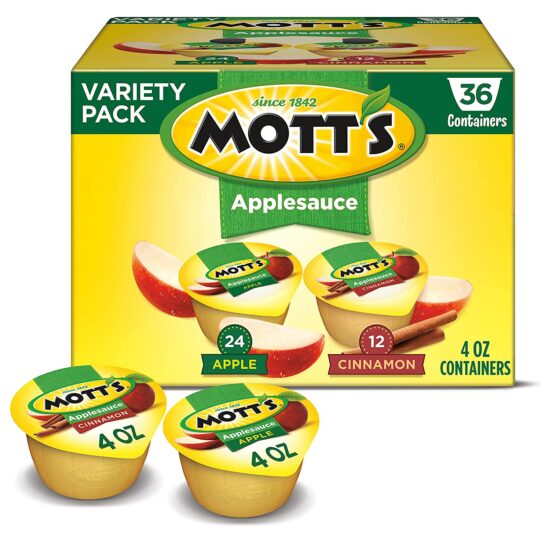
Applesauce has been rated as one of the healthiest foods available, so we’re glad its sweetness allows it to work as a honey substitute. And when using, unsweetened applesauce is considered best as it’s void of additives and offers the closest natural properties to Honey. Applesauce is already commonly used in baking, making it easy to swap for Honey. And it can also be added to cooked recipes like soups and sauces.
But note that applesauce contains more liquid than Honey, so make adjustments in your recipe when using it. And once done, you can use equal amounts of it to swap Honey in your cooked or baked dishes.
Sugar
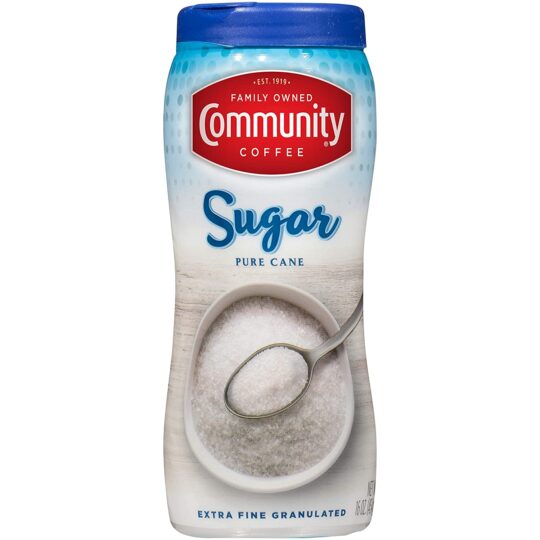
Sugar works as a quick-fix, last-resort option when you’re out of Honey. And if you seek the closest thing in terms of color, then brown sugar is your best option. But any sugar can work if you only need to impart sweetness to your dish. But you’ll need more of it, as Honey is sweeter.
There are two ways to use sugar as a honey substitute. The first is to add it at a 2:1 ratio to your baked or cooked recipes, then use a half cup of the liquid called. The second method is to combine five cups of sugar with one cup of water, then boil the mixture to a consistency that resembles Honey. The mixture is then cooled and used as a one-cup substitute for Honey. It also works best for dishes that aren’t cooked.
Frequently Asked Questions (FAQs)
What’s a healthy substitute for Honey?
Maple syrup and molasses are healthy substitutes for Honey, as they contain zero sugar. You can also consider corn syrup and choose between the light or dark varieties.
What can you substitute for Honey in teriyaki sauce?
Maple syrup is an excellent substitute for Honey in teriyaki sauce and also works well in many Asian dishes as a replacement.
What’s a keto substitute for Honey?
A keto substitute for Honey is a low-carb sweetener, meaning you can take them without increasing blood sugar. And regular examples of such replacements include sucralose, xylitol, Stevia, Yacon sweetener, Monk Fruit sweetener, and erythritol.
Conclusion
You won’t have to give up that recipe because you can’t use Honey. Any of these helpful substitutes can perform just as excellently as the sweetener would in your baking and cooking. Plus, you get a list of varieties to consider with these options, giving you more flexibility on every recipe you plan to try.
